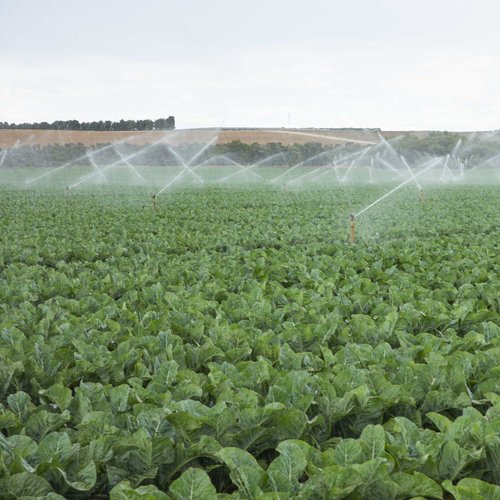Banrock Station, located in the Riverland region of South Australia has long held goals around sustainability and the environment when producing high quality wines.
As part of Accolade Wines, the Banrock Station vineyard includes 1000ha of wetland, harbouring thousands of native plants and animals.
Vineyard manager Brendan Turner says they are also focused on using energy resources effectively.
“Whether it's water, power consumption, chemical usage or diesel, we measure what we use each year and then put that into the sustainable wine Australia program, and they send us back our results,” he says.
“We can compare them to our neighbours and others in the region, and we look to better ourselves year on year. It's great for the industry as a whole.”
He says potential products used in the vineyard were analysed with sustainability in mind.
“We don't want to use harsh chemicals that will harm the environment or our people.
“We’re examining how we use chemicals, looking at factors such as safety, application methods, and weather conditions.
“There are chemical softness scores on all the chemicals that we buy. As a general rule, we use something that has a softness score that's quite low and is beneficial to what we're trying to achieve.”
Brendan says Verpixo fungicide, from Corteva was recommended last season.
Verpixo controls grey mould (botrytis)and powdery mildew and is a new Group 21 chemical which has been introduced at a time when other options are losing efficacy or facing regulatory pressures.
“I heard about Verpixo from some of the growers in the region who were looking at different products to utilise in their spray program,” Brendan adds.
“The team from Corteva visited our site and we had a chat about what it could do. We decided to use the product this year and we’ve had some good results, “he adds.
A key attribute of Verpixo is its ability to suit the environmental and sustainability goals of Banrock Station.
“Its chemical softness score is quite low, so that's one of the key factors,” Brendan explains.
“The fact the product is user-friendly and not harmful to the environment, it ticks all the boxes as far as sustainability goes,” he says.
“The results have spoken for themselves, so it's been great.”
He says there had been a lot of powdery mildew in the district this season and a weather event in November, with a lot of rain and humidity, was also of concern.
“We were worried about botrytis, so Verpixo came out of the shed, we loaded it up, and away we went. Within the Semillon patch where we used it, it’s worked to great effect.”
He says a Chardonnay patch has also had powdery mildew in it over the seasons and Verpixo was used as a totally new option this year in that area. “
We put it out at 10-day intervals, and it proved quite effective.
Brendan works with many other growers in the region who produce wine grapes for Accolade Wines.
“I know their vineyards quite well and some of them have had powdery and botrytis issues over the years,” he says.
“Verpixo has certainly helped in those vineyards where it's produced clean fruit ready for harvest, and no botrytis.
“Where Verpixo wasn’t used, there is powdery, there is botrytis. Guys who have used Verpixo have good crops versus some guys who haven’t – and don’t.
“I’d definitely recommend the product.”
The region tends to grow big canopies in the vineyards to protect fruit in the hot conditions, which can make it challenging to apply products.
“The first 40 days post bud burst is acritical time before the canopies grow and they become like a big hedge,” he says.
“For disease, we have a preventative program with contingency plans for thunderstorms and other weather events. Powdery mildew and botrytis are our main diseases.”
To ensure good coverage of vines, with any product, the water rate at the start of the season is 500 litres per hectare and increased to 1200 litres as the canopy expands.




